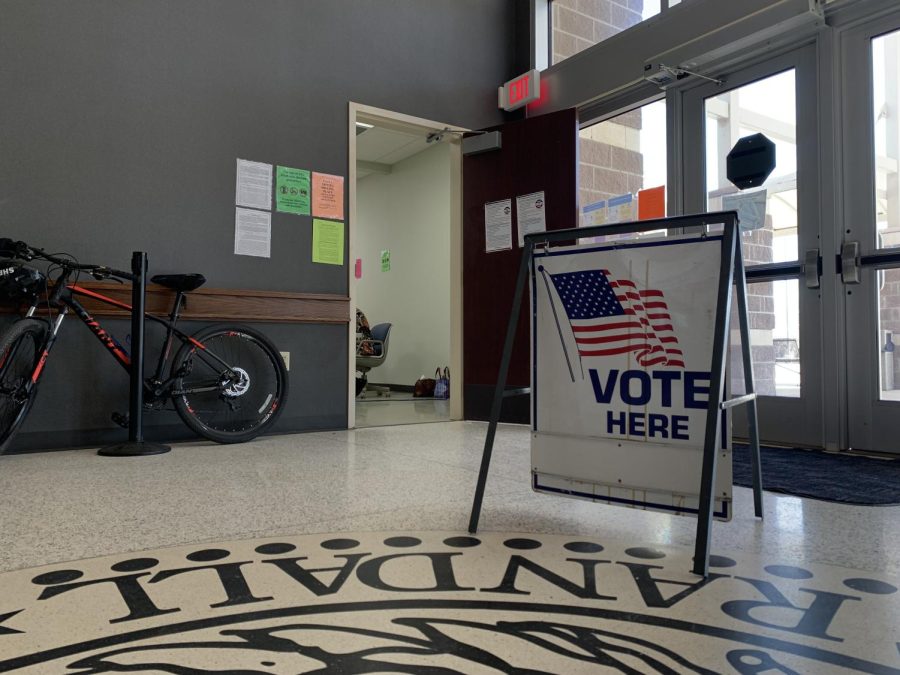The Free Application for Federal Student Aid (FAFSA) has made changes for the 2024-2025 academic year. The new application had a delayed opening time of Dec. 31, 2023, because of new updates. That left many students and parents wondering what updates were added.
One of the most significant changes that have been made is that everyone – including parents or guardians – has to have a FAFSA account. The student will have their account where they start the form, and anyone who needs to add information will be considered a contributor and need their own account. Contributors are anyone asked to provide their information, consent or approval to have their federal tax information transferred automatically from the IRS to FAFSA. If a student or contributor does not consent to having their information pulled from the IRS, they will not be eligible to receive student aid.
The new FAFSA form is also shorter, with only up to 50 questions, whereas the old version had up to 100 questions. There are fewer questions because the new version can pull information directly from the IRS to configure financial aid needs. Another change is that students now put the financial information of the parent that provided the most for them, not the one they lived with the most.
Another big change for FAFSA is that families with multiple kids in college could get less money than in other years. With the new way of determining financial aid, it will not be factored in whether the parent(s) would have to cover multiple children. The school’s financial aid office can modify the financial aid offer at their discretion.
This year, the FAFSA simplification act has allowed more students to qualify for federal Pell Grants. One type of student this opens the door for is incarcerated students. Those in federal and state penal facilities can potentially receive federal Pell Grants with the 2024-2025 FAFSA application.
FAFSA is now also calculated differently compared to years prior. Students now have a Student Aid Index (SAI) number. The SAI number is configured by the information the student submits and what is pulled from the IRS. This number can range anywhere from -1500 to 999999. The Federal Student Aid office notes that this number is not a dollar amount. The SAI number is what schools will use to determine and calculate how much financial aid a student is eligible for and what types they are eligible for. SAI does replace the Expected Family Contribution for the 2023-2024 school year.





















